 STEM…..Science, Technology, Engineering and Mathematic subjects in schools have certainly been intensified as areas of significant importance for the future of world economy and transforming work through automation, globalisation and flexibility. These subjects have always been in schools’ curriculum but not necessarily with the same titles and not always in the junior years. But they have been studied, maybe called ‘playing and building’ for engineering! Using the era’s latest technology: pencils, erasers, biros, abacuses, calculators, typewriters! Studying science from the early 1900’s in Australia and mathematics since formal schooling in the late 19 Century.
STEM…..Science, Technology, Engineering and Mathematic subjects in schools have certainly been intensified as areas of significant importance for the future of world economy and transforming work through automation, globalisation and flexibility. These subjects have always been in schools’ curriculum but not necessarily with the same titles and not always in the junior years. But they have been studied, maybe called ‘playing and building’ for engineering! Using the era’s latest technology: pencils, erasers, biros, abacuses, calculators, typewriters! Studying science from the early 1900’s in Australia and mathematics since formal schooling in the late 19 Century.
So, what is so different now?
The focus on these subject areas is to provide students with skills and an education to cope with the ever-increasing changes and advancements in technology and globalisation. With complex environmental, economic and social pressures such as climate change, countries need to work together with STEM concepts and principles with an approach to problem-solving in innovative and creative ways.
This is where the ‘A’ and ‘S’ play a significant part.
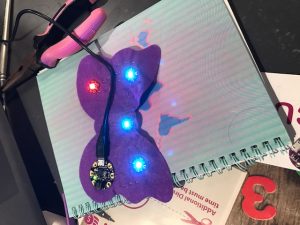 The ‘A’ for arts incorporates aspects of arts, design and the humanities into STEM based activities. It adds creativity and ingenuity into the mix with the ‘makers’ principle of ‘getting your hands dirty’ to design, create solutions to ‘real issues’. STEAM can be a way to engage more students in STEM subjects by using design methods to creatively and make them real-world-relevant to all students not just those interested in STEM topics.
The ‘A’ for arts incorporates aspects of arts, design and the humanities into STEM based activities. It adds creativity and ingenuity into the mix with the ‘makers’ principle of ‘getting your hands dirty’ to design, create solutions to ‘real issues’. STEAM can be a way to engage more students in STEM subjects by using design methods to creatively and make them real-world-relevant to all students not just those interested in STEM topics.
STEAM is more student centred not subject centred; it puts students individuality, interests and passions first. Adding the arts allows students to see how STEM subjects can be utilised through thinking artistically and creatively in this digital world and through real-world problems.
+ S to make it for today’s world where ‘social’ is being able to relate to others. Two of the 4C’s for today’s learners; collaboration and communication are so important in connecting globally to solve world issues. Students benefit from ‘S’ to connect face to face and online in a safe and secure environment. An example I must add here is how ‘S’ has worked for this blog from across the globe…..
Thank you to Ava who is currently working on her Computer Science Project for her technology class at school and her mother, Juliette, emailed after sourcing my blog for coding, to say:
“looking for information on computer security and I found your helpful page (this one: http://tinkeringchild.com/code-club) I just wanted to say thanks!”
“My daughter also found this reference that we noticed wasn’t listed on your page https://www.quickbase.com/articles/stem-a-kids-guide-to-understanding-coding-and-software-development we thought it was super helpful and informative and since Ava had recently learned about being a “good Digital Citizen,” she wanted to pass along something she found helpful to somebody who also helped her! We were wondering if you could add it to your page, I’d love to show Ava that her hard work has helped somebody else, she would be so proud of herself 🙂
I think this example supports the world our students live in…STEAM to STEAMS!
The Makerspace concept, as I have said on many occasions, is the perfect environment for STEAMS to happen!

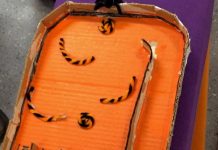
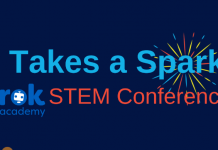
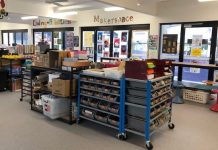
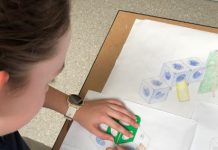



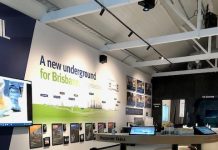
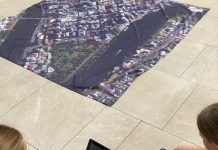



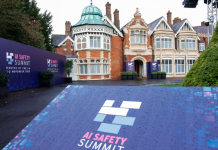
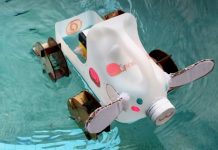
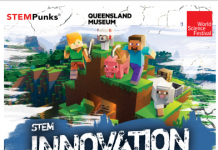
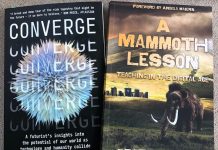
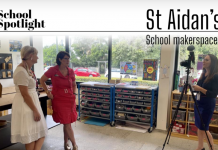
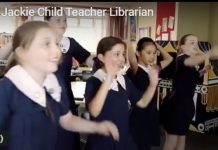
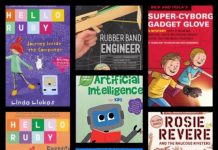

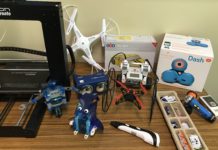
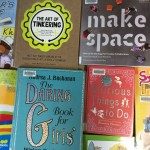
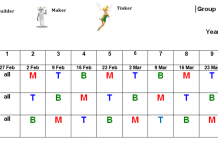

STEM +A +S what a perfect explanation of Makerspace!!
Makerspace is my current teacher inquiry. I love your blog!!
Thank you Fiona, I’m such an advocate for constructionism and Makerspaces provide the perfect environment.